Innovative Proximity Sensors Enhance Keyless Entry Systems – updated 2024

Keyless entry systems have become a common feature in modern cars and homes, offering convenience and security. However, these systems can be enhanced even further with the use of proximity sensors. By using sensors that detect when the key fob is near the vehicle or home, it can become even more effortless and secure. In this article, we will explore how proximity sensors work, how they enhance keyless entry systems, and the benefits of using them.
Proximity Sensors
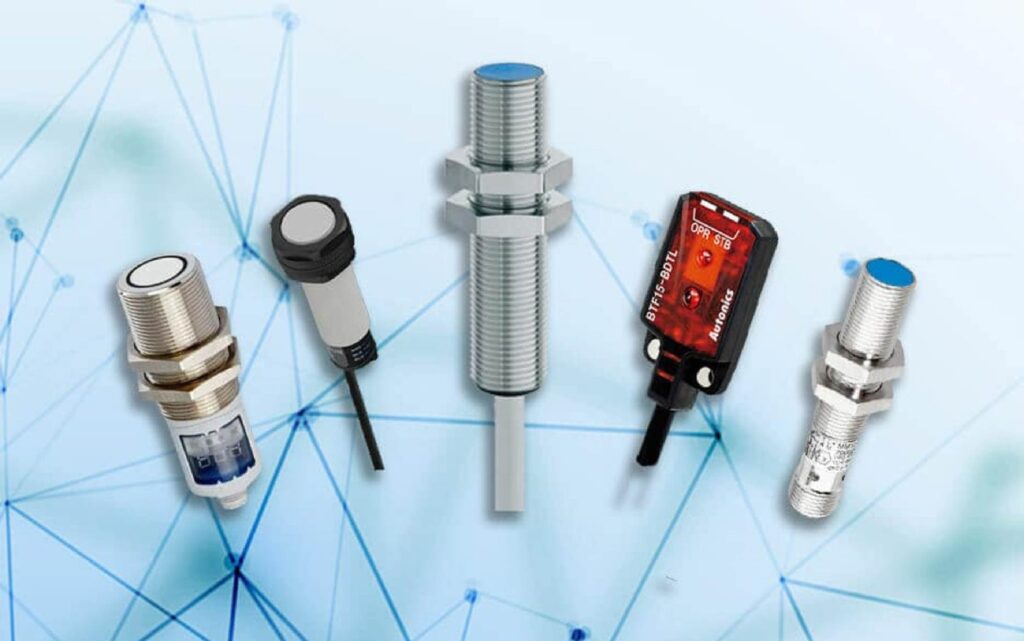
Proximity sensors detect objects or people without touching them. They use different technologies like electromagnetic, ultrasonic, infrared, and capacitive sensors. These sensors sense changes in the environment and trigger an output signal.
Proximity sensors are used in keyless entry systems to detect the key fob’s proximity to the car or home. They emit a signal like an electromagnetic field and measure changes in that signal as the key fob enters the field. This allows access to locked doors.
The proximity sensor detects the key fob and sends a signal to the keyless entry system. The system then unlocks the door without the user pressing a button or swiping a card.
Proximity Sensors That Can Enhance Keyless Entry Systems
Several types of proximity sensors can enhance keyless entry systems. Here are some of the following:
Radio Frequency Identification (RFID) sensors
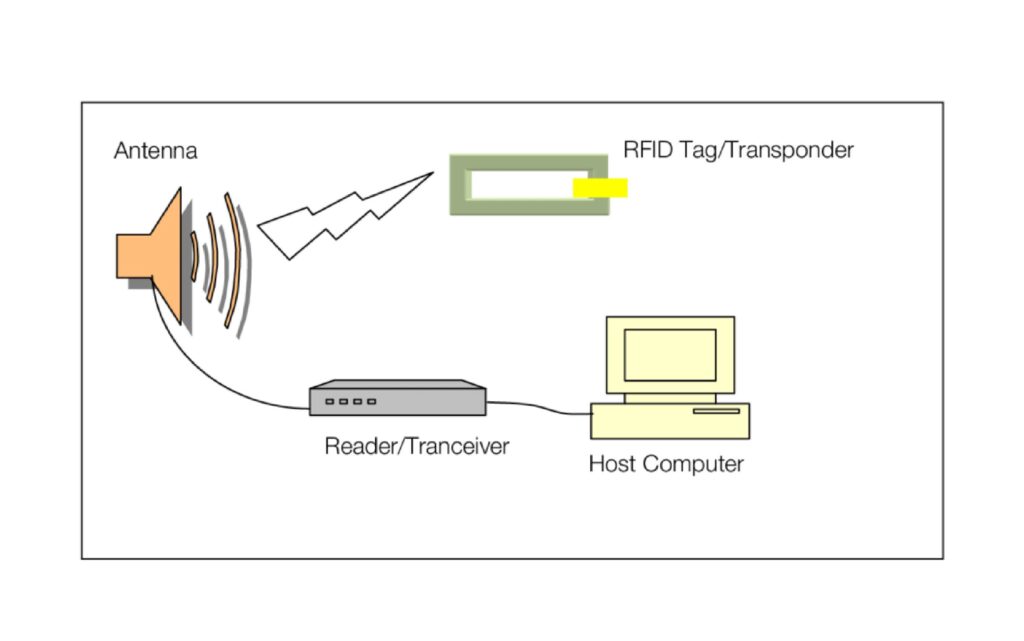
These sensors use radio waves to detect the presence of an RFID tag, such as a key fob, and unlock the door. They are commonly used in automotive keyless entry systems.
Capacitive sensors
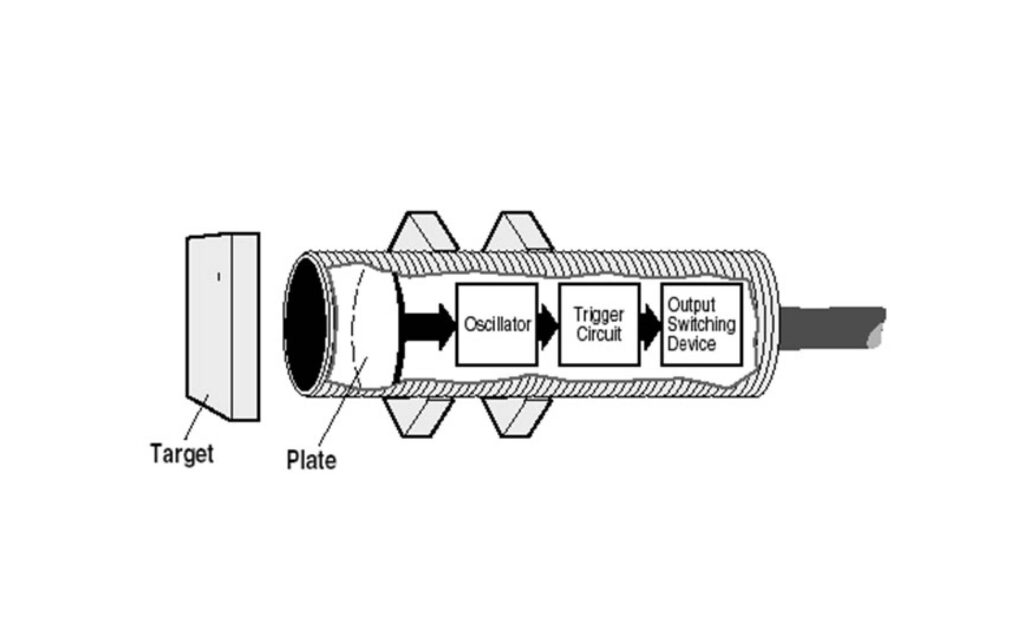
These sensors use the electrical charge of a nearby object to detect its presence. They are commonly used in touchless light switches and touchless faucets.
Ultrasonic sensors
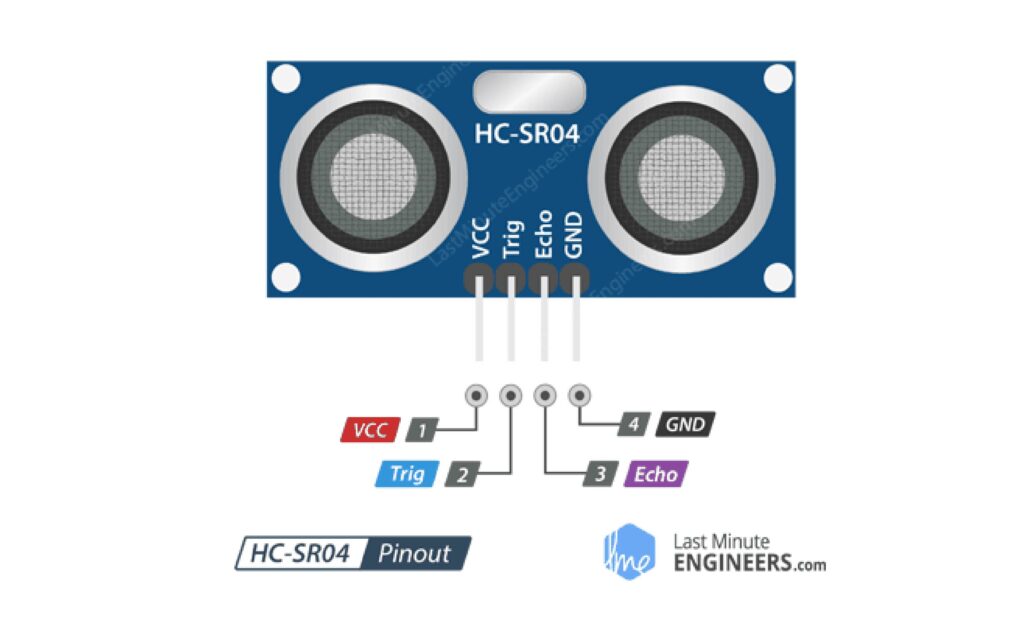
These sensors produce high-frequency sound waves that bounce off nearby objects before returning to the sensor. The time it takes for the sound waves to return is used to determine the object’s distance. They’re frequently seen in parking sensors and backup cameras.
Infrared sensors
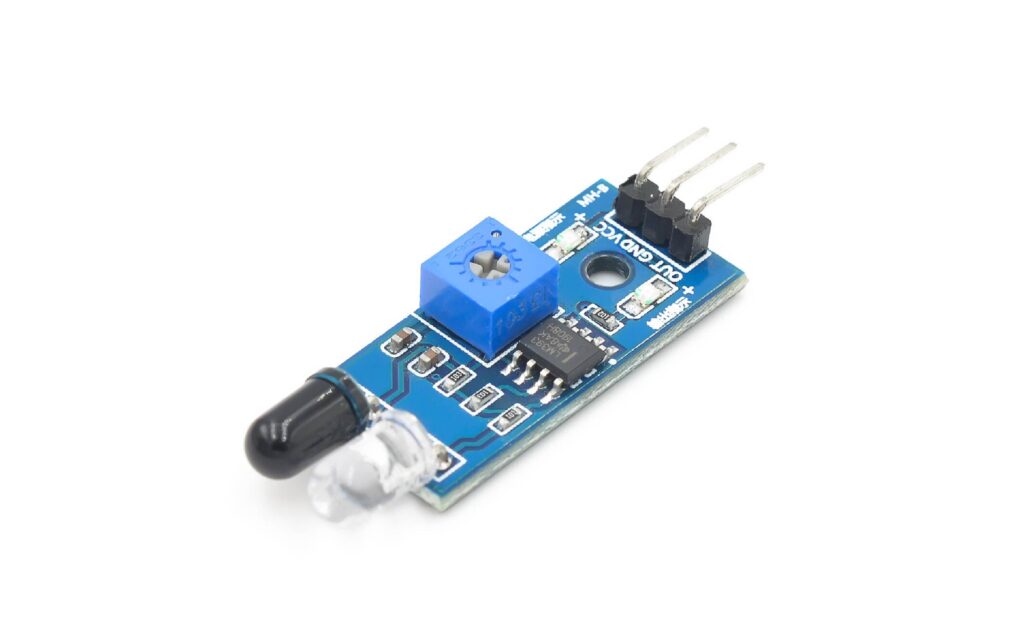
The heat produced by neighboring objects is detected by these sensors. They are frequently seen in security systems and automatic doors.
Magnetic sensors
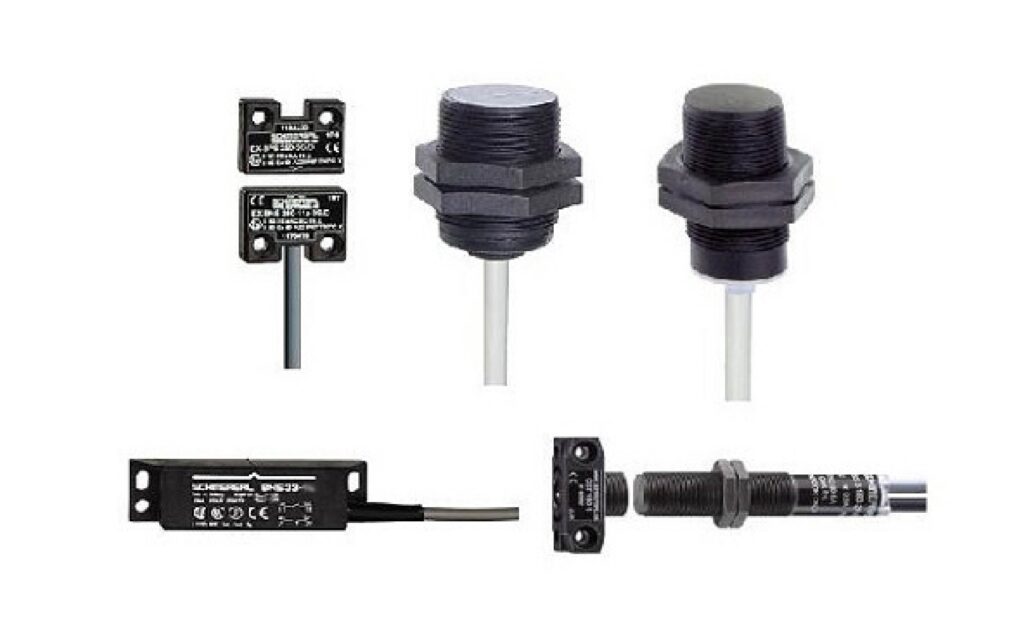
These sensors detect magnetic field changes generated by nearby objects. They are frequently seen in security systems and door/window sensors.
Overall, these proximity sensors improve keyless entry systems. They make it easier and safer to unlock doors, and access buildings, and vehicles.
Advantages of Using Proximity Sensors in Keyless Entry Systems
Proximity sensors are popular in keyless entry systems. They have advantages over traditional systems. They make keyless entry easier and faster.
Firstly, proximity sensors enhance convenience. With proximity sensors, you don’t need to take your key fob out of your pocket or bag to unlock your car or home. The sensors detect the key fob’s presence and automatically unlock the door or trunk.
Proximity sensors improve security by making it more difficult for thieves to intercept the key fob’s signal and unlock your car or home. To work with proximity sensors, the key fob must be within a particular range. This enhances security compared to traditional systems.
Proximity sensors save energy. These systems drain the battery because it sends out a signal constantly. But, proximity sensors only send out a signal when in range, saving battery life.
Proximity sensors are more convenient, secure, and energy-efficient than traditional keyless entry systems. They are great for modern homes and vehicles.
Examples of Keyless Entry Systems Enhanced With Proximity Sensors
Proximity sensors can improve keyless entry systems in cars. As a result, they can make them more secure and convenient. For instance, a hands-free keyless entry system lets the car unlock its doors when the handle is pulled. You don’t even have to push a key fob button. This system can be combined with push-button ignition. It allows the driver to start the vehicle without having to take the key out of their pocket.
Many buildings and offices use proximity-based access control systems. Employees wave their badge or smartphone near a reader for access instead of using a physical key or card. This saves time and avoids the possibility of keys or cards being lost or stolen. Some systems can even detect when a person is approaching a door and automatically unlock it.
Proximity sensors can be used to improve home smart locks. They use Bluetooth-enabled smartphones or wearables as keys to unlock doors when approaching. Some systems also detect when authorized users are leaving and lock the doors automatically. This provides an additional degree of security to the homes. Proximity sensors are a useful tool to improve keyless entry systems in different applications.
Comparison Between Keyless Entry Systems With and Without Proximity Sensors
Proximity sensors are better than traditional keyless entry systems. They are more convenient and secure. They can detect the key fob and unlock the door automatically, without any action required from the user. This is useful when your hands are full or when you are approaching your car or home from a distance.
Proximity sensors can prevent accidental locking or unlocking of the door. They detect the distance between the user and the car or home. These systems with proximity sensors offer a seamless and reliable user experience.
| Keyless Entry Systems with Proximity Sensors | Keyless Entry Systems without Proximity Sensors |
| Automatically detects key fob presence | Requires manual input (button press, code) |
| Offers hands-free access to car/home | Requires free hands to unlock/lock |
| Prevents accidental locking/unlocking | Can be accidentally triggered by nearby objects |
| Can detect approach from a distance | Requires proximity to detect |
| Provides a more seamless and reliable user experience | Can be less convenient and secure |
Potential Issues With Proximity Sensors and How to Mitigate Them
Proximity sensors can enhance keyless entry systems. Yet, they may face reliability and functionality issues. Interference from other electronic devices is common, leading to false positives and negatives. To improve accuracy, manufacturers can use advanced algorithms to filter out interference.
The proximity sensor’s range can be a problem. However, it might differ based on the surroundings and weather. Sometimes, the range may be too short, making it difficult for users to unlock the door or start the engine. To improve sensor range, manufacturers can use stronger sensors. Or else, they can position them in the most effective places.
Proximity sensors used in these systems can be hacked or tampered with. Eventually, it makes them less secure. Manufacturers can prevent unauthorized access by using encryption and other security measures.
Overall, proximity sensors provide numerous advantages to these systems. However, it is critical to be aware of their possible problems and take action to mitigate them.
Future Developments in Keyless Entry Systems With Proximity Sensors
Proximity sensors are improving keyless entry systems. Fingerprints or facial recognition can be used for security with proximity sensors. This integration offers both convenience and added security. Physical key fobs wouldn’t be needed. The future looks promising for these advancements.
Smart home integration is a potential development in the use of proximity sensors. It can connect to lights, thermostats, or security systems. The user’s presence is detected, which automatically adjusts various settings. This creates a seamless and automated home environment.
Wireless communication and IoT technology may allow remote control of keyless entry systems via a smartphone app. This provides additional flexibility and convenience.
This system with proximity sensors has a promising future. They may have even more features and benefits in the future. Overall, the future looks bright.
Conclusion
Proximity sensors are a big deal for keyless entry systems. They can detect the presence of the key fob, making it more handy and secure. Proximity sensors get rid of the need to use keys, which makes it easier to enter and exit your car or home. They also prevent unauthorized access, ensuring that only people with the key fob can enter. Although there are some issues with proximity sensors, the advantages they offer are more important. In the future, we may expect to see even more advances in keyless entry systems with proximity sensors.
